ASRock 939SLI32-eSATA2: ULi Dual x16 SLI
by Gary Key on March 2, 2006 12:15 PM EST- Posted in
- Motherboards
Basic Features: ASRock 939SLI-32 eSATA2
The ASRock 939SLI32-eSATA2 is a member of the Socket 939 Series product family and is a value-based board targeted towards the enthusiast user. The board ships with an accessory package that includes the standard assortment of IDE/SATA cables and power connectors. ASRock also includes an extensive driver CD along with desktop utilities.
| Specification | ASRock 939SLI32-eSATA2 |
| CPU Interface | 939-Pin Socket supporting AMD Athlon 64 / 64FX / 64X2 |
| Chipset | ULi M1695 - North Bridge ULi M1697 - South Bridge |
| Bus Speeds | 150MHz ~ 400MHz in 1MHz increments |
| CPU Clock Multiplier | Auto, 4x ~ 25x in 1x increments |
| Memory Speeds | Auto, 133MHz, 166MHz, 200MHz |
| PCI Bus Speeds | Auto, Sync with PCI-E, 33.33MHz ~ 37.50MHz variable speed |
| PCI Express Bus Speeds | Auto, 75MHz ~ 200MHz in various increments |
| HT Multipliers | Auto, 200MHz, 400MHZ, 600MHz, 800MHz, 1000MHz |
| HT Link Speed | Auto, 8-bit, 16-bit |
| Core Voltage | Auto, 0.800V to 1.400V (in 0.025V increments), (max voltage dependent upon CPU) |
| DRAM Voltage | Auto, 2.55V, 2.6V, 2.7V, 2.8V (Low, Normal, High, Ultra) |
| Chipset Voltage | Auto, 2.10V, 2.20V (Normal, High) |
| Memory Slots | (4) x DIMM, max. 4GB, DDR 400/333/266, non-ECC, un-buffered memory, Dual Channel Operation supported. |
| Expansion Slots | (2) x PCI-E x16 (each slot operates in 1x16 mode) (1) x PCI-E x4 (operates in x1 or x2 mode) (3) x PCI 2.2 (1) x AM2 CPU port |
| Onboard SATA | ULi M1697: (4) x SATA II , (2) eSATA II (shared with SATA II) |
| Onboard IDE | ULi M1697: (2) x UltraDMA 133/100/66/33 |
| SATA/IDE RAID | ULi M1697: (4) x SATA II RAID 0, RAID 1, RAID 0+1, RAID 5, JBOD |
| Onboard USB 2.0 | (8) USB2.0 ports (four ports, two headers for four more ports) |
| Onboard LAN | Realtek RTL8111B PCI-E 10/100/1000Mb/s LAN - PHY |
| Onboard Audio | Realtek ALC-660, 5.1 channel capable HD Audio Codec |
| Onboard Firewire | TI TSB43AB22 IEEE 1394 chipset - 1394A capable |
| Power Connectors | 20-pin ATX 4-pin ATX 12V 4-pin 12V SLI |
| Back Panel I/O Ports | 1 x PS/2 Keyboard 1 x PS/2 Mouse 1 x Parallel (ECP/EPP) 1 x Serial (COM1) 1 x Audio I/O Panel 1 x RJ45 LAN 4 x USB 2.0 2 x eSATA II 1x IEEE 1394 |
| Other Features | Hybird Booster - Overclocking Engine Boot Failure Guard - Overclocking Safe Guard United Overclocking Program - Fixed PCI-E and PCI speeds Hardware Monitor - BIOS Based Windows Vista Ready ROHS Compliant |
| BIOS | AMI 1.0 (2/06/06) |
The ASRock 939SLI32-eSATA2 is a member of the Socket 939 Series product family and is a value-based board targeted towards the enthusiast user. The board ships with an accessory package that includes the standard assortment of IDE/SATA cables and power connectors. ASRock also includes an extensive driver CD along with desktop utilities.
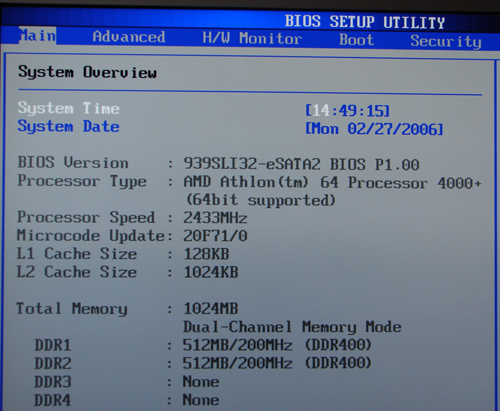
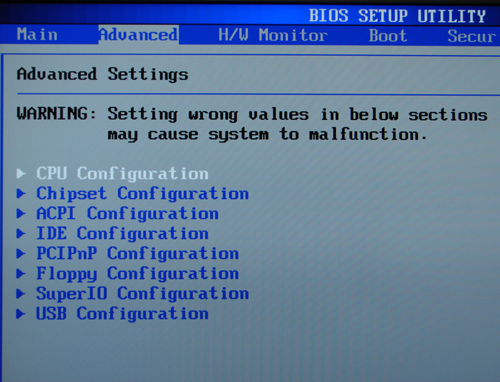
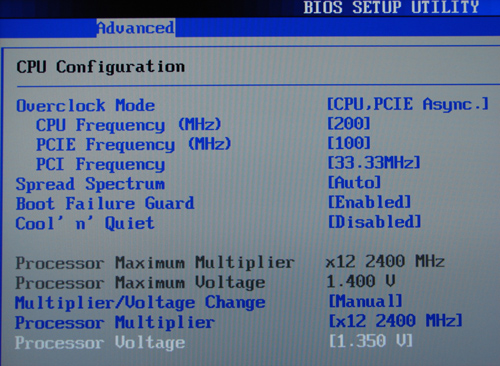
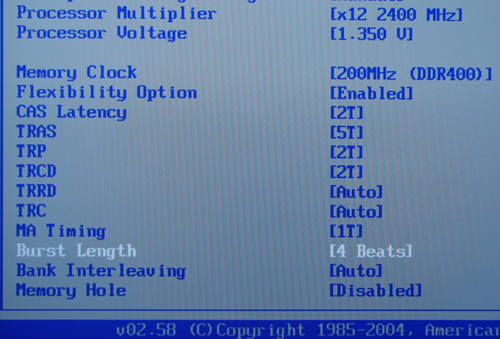
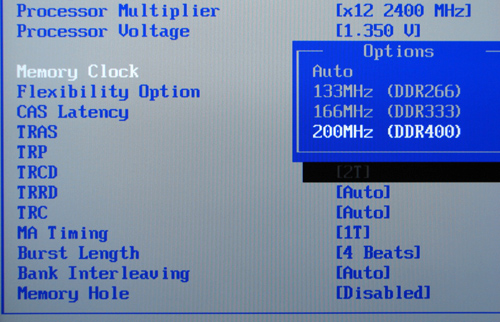











46 Comments
View All Comments
chesss - Tuesday, March 7, 2006 - link
hmm I was hoping for a more definite answer from anandtech about this. Anybody else?Gary Key - Tuesday, March 7, 2006 - link
What type of information are you looking for at this time? We have seen prototype AM2 daughter cards but have not been able to test a card yet due to ongoing engineering changes. Although the daughter card will have direct HT access through the M1695 chipset, we have to wonder how well ASRock will be able to optimize the DDR2 memory performance. The daughter card will also limit cooling options available for the CPU choice. The other variable will be cost and if you are upgrading to AM2 then the additional cost of a motherboard in this category should not be an issue. When all is said and done we still think this is a marketing driven feature and not a viable engineering solution for most users.itroxx - Wednesday, March 8, 2006 - link
Hello everybody,I'am also looking for a new system for mainly video editing. Working with Premiere, MPEG2 encoding and DVD authoring. Thats why I found this review cause the AsRock seems the only board available with SATA2-Raid capabilities right now. But I am not sure about how much SATA2 drives can be attached. Is it possible to attach one SATA2 drive for the system and build a Raid0 of two more SATA2 drives? For what reason are the SATA connector on the rear panel?
The components I've selected at this point are
AMD Athlon64 X2 3800+ 2x2000MHz 2x512kB Box E4-Stepping
Asrock 939SLI32-eSATA2 S939 ATX
2x 1024 Corsair DDR400
1x Samsung 80GB SATA2 (System)
2x Samsung 250GB SATA2 (Raid0)
256MB PCIe x16 ATI RADEON X1300 PRO
What do you think of my selection? What type of power suply do I need?
Is 400 Watt enough?
thanks a lot and greetings from germany
Daniel
Redrider - Thursday, March 9, 2006 - link
Although my expertise is much lower than most of the people on this forum, there are a few things I have gleaned from my experience and research. Here are a couple of suggestion:You want the best you can get for the money you spend so as for the processor (I am seriously considering an X2 3800+ myself) I would go for the http://www.amdcompare.com/us-en/desktop/details.as...">ADA3800DAA5CD
which has the E6 stepping which is a newer revision based on http://www.techpowerup.com/articles/overclocking/2...">this article
Also, I would boost your power supply. You are spending some serious cash and I don't think skimping on the PS is wise. 400W seems pretty small and I would go with big power overhead just to be sure.
UJMA - Saturday, March 4, 2006 - link
The people who invariably buy SLi enabled boards are gamers, and gamers love to OVERCLOCK! unfortunately Asrock have provided this board with a feeble set of voltage options, both the Vdimm & Vcore voltage options are pathetic. No problem, if you're handy with a soldering iron as I'm pretty sure some voltage mods will eventually show up for entusiasts. Probably a better option would be to wait for Epox to launch their new EP-9U1697 GLI mobo based on the same ULi M1697 chipset, you'll get SLi with better overclocking options for a similar outlay!Gary Key - Saturday, March 4, 2006 - link
We just happen to have that board available for testing now. :)
UJMA - Friday, March 24, 2006 - link
2 great reviews on boards using the ULi M1697 chipset. In the red corner we have the Asrock 939SLI32-eSATA2, in the blue corner we have the EPoX EP-9U1697-GLi ... I'm going for the Epox board.Wesley Fink - Saturday, March 4, 2006 - link
Keep in mind the Epox is dual x8 using a single M1697 chipset, while the ASROCK is an amazing dual x16. If dual x8 is enough for you though, the Epox should be an interesting board.UJMA - Saturday, March 4, 2006 - link
I was looking at the Epopx website specs ..."Two PCI Express (x16) connector compliant with PCI Express 1.0a"
http://www.epox.com.tw/eng/products_content.php?ps...">http://www.epox.com.tw/eng/products_content.php?ps...
Gary Key - Saturday, March 4, 2006 - link
There are two physical x16 connectors on the Epox board but they are electrically x8 lanes in SLI mode. The ASRock 939SLI32 has the same physical x16 connectors but electrically they are x16 lanes in SLI mode.